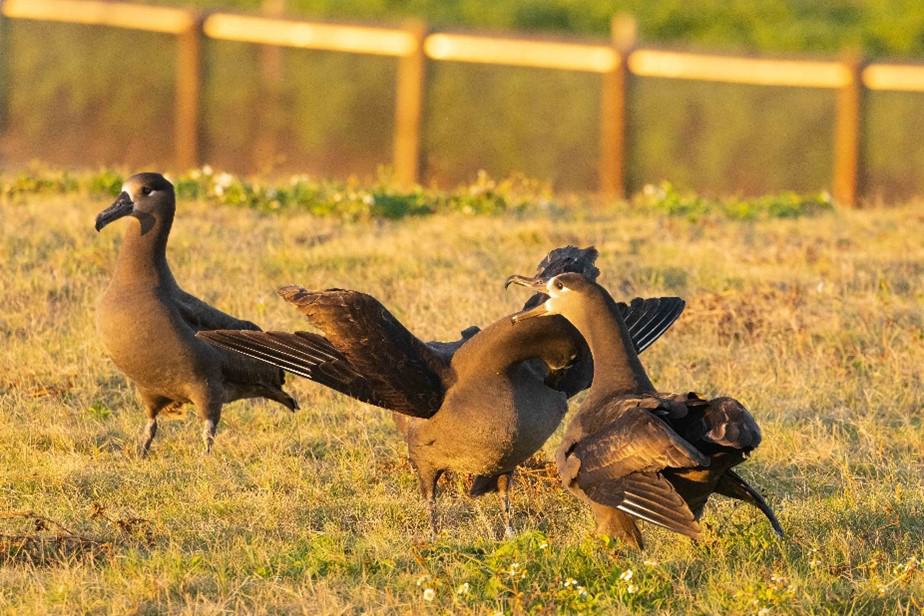 Enhanced Marine Protected Area measures came into force around the South Georgia and the South Sandwich Islands (Islas Georgias del Sur y Islas Sandwich del Sur)* in the South Atlantic on 22 April 2025. They are expected to give increased protection to ACAP-listed albatrosses and petrels that breed on the islands and are at risk to longline and trawl fisheries.
Enhanced Marine Protected Area measures came into force around the South Georgia and the South Sandwich Islands (Islas Georgias del Sur y Islas Sandwich del Sur)* in the South Atlantic on 22 April 2025. They are expected to give increased protection to ACAP-listed albatrosses and petrels that breed on the islands and are at risk to longline and trawl fisheries.
“The strengthened protections, announced in early 2024 following the conclusion of a five-yearly expert review, include a significant expansion of areas closed to all fishing activity. The newly designated ‘No Take Zones’ now cover over 470 000 km², representing 38% of the MPA. In addition, a further 31 000 km² of pelagic closed areas mean that krill fishing is now prohibited across more than half a million km² within the MPA.
“These enhancements build on [a] robust marine protection framework, where tourism and sustainable fisheries are strictly regulated. Existing measures include seasonal closures that limit krill and toothfish fishing to winter months to reduce potential interactions with breeding seals and seabirds, as well as a ban on bottom trawl fishing across the entire 1.24 million km² MPA.”

Wandering Albatross breeding on Bird Island, photograph by Richard Phillips
“During the five months when highly regulated, licensed fishing is permitted, 40% of the MPA will now be closed to krill fishing. Additionally, 95% of the MPA will be closed to longline fishing, with prohibitions applying within the general benthic closed area—spanning all depths shallower than 700 m and greater than 2250 m - as well as within a network of research benthic closed areas at fishable depths, designed to safeguard vulnerable habitats and species.
“The greatly expanded and interconnected network of No Take Zones not only protects the most biodiverse and potentially vulnerable marine habitats but also includes regions identified by the International Union for Conservation of Nature (IUCN) as Important Marine Mammal Areas (IMMAs).”
John Cooper, Emeritus Information Officer, Agreement on the Conservation of Albatrosses and Petrels, 06 May 2025
*A dispute exists between the Governments of Argentina and the United Kingdom of Great Britain and Northern Ireland concerning sovereignty over the Falkland Islands (Islas Malvinas), South Georgia and the South Sandwich Islands (Islas Georgias del Sur y Islas Sandwich del Sur) and the surrounding maritime areas.

 English
English  Français
Français  Español
Español 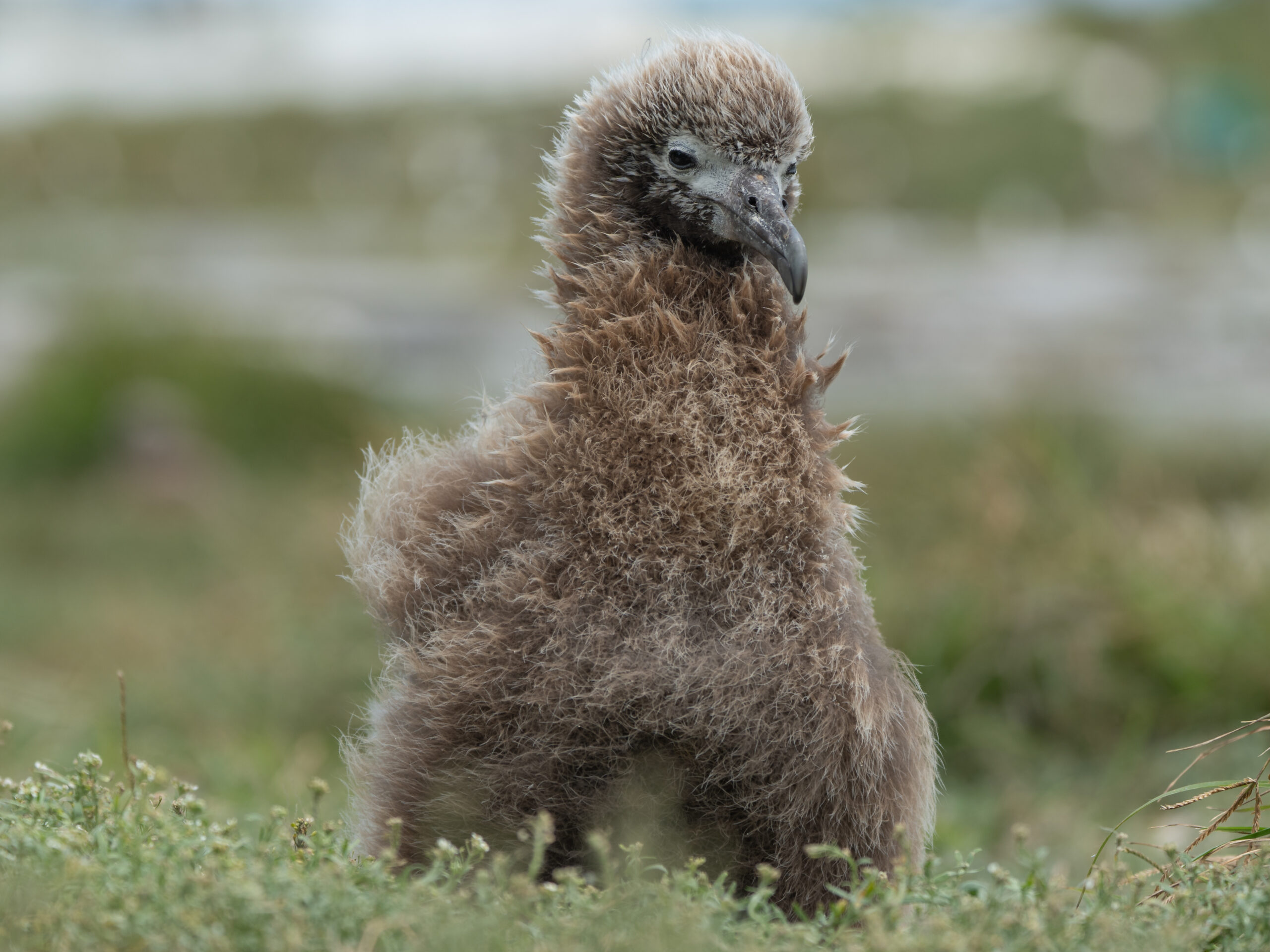
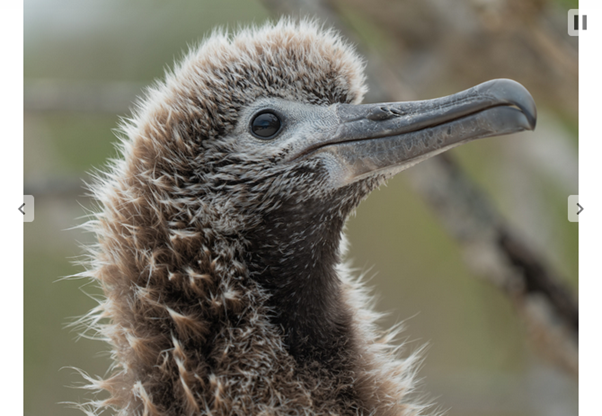
 Wisdom’s 2024/25 grand chick via her son
Wisdom’s 2024/25 grand chick via her son 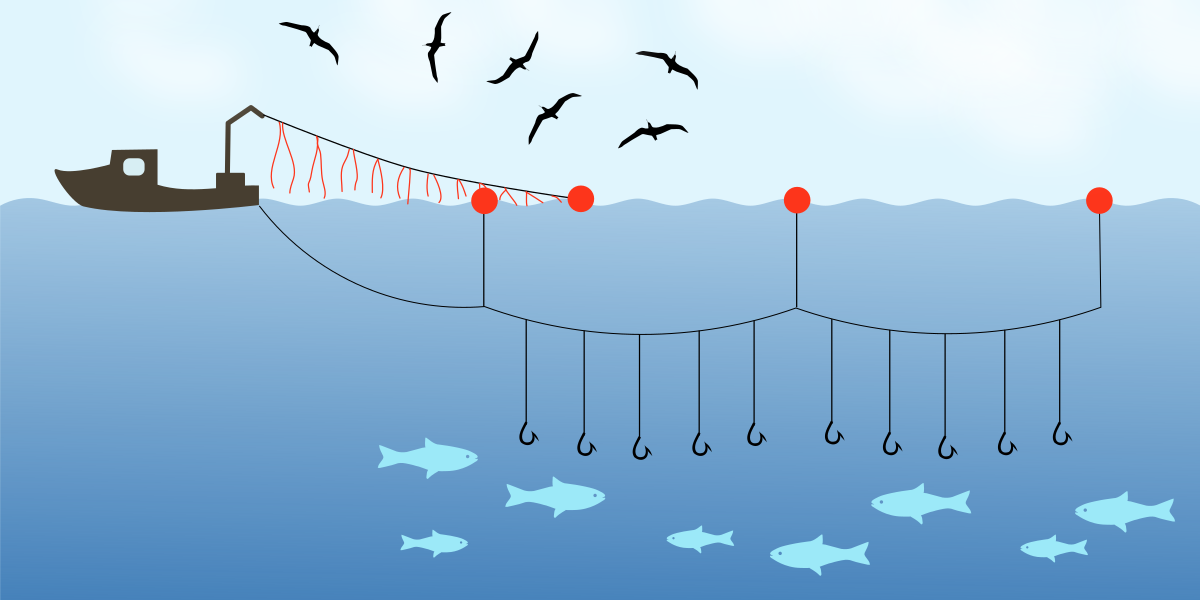
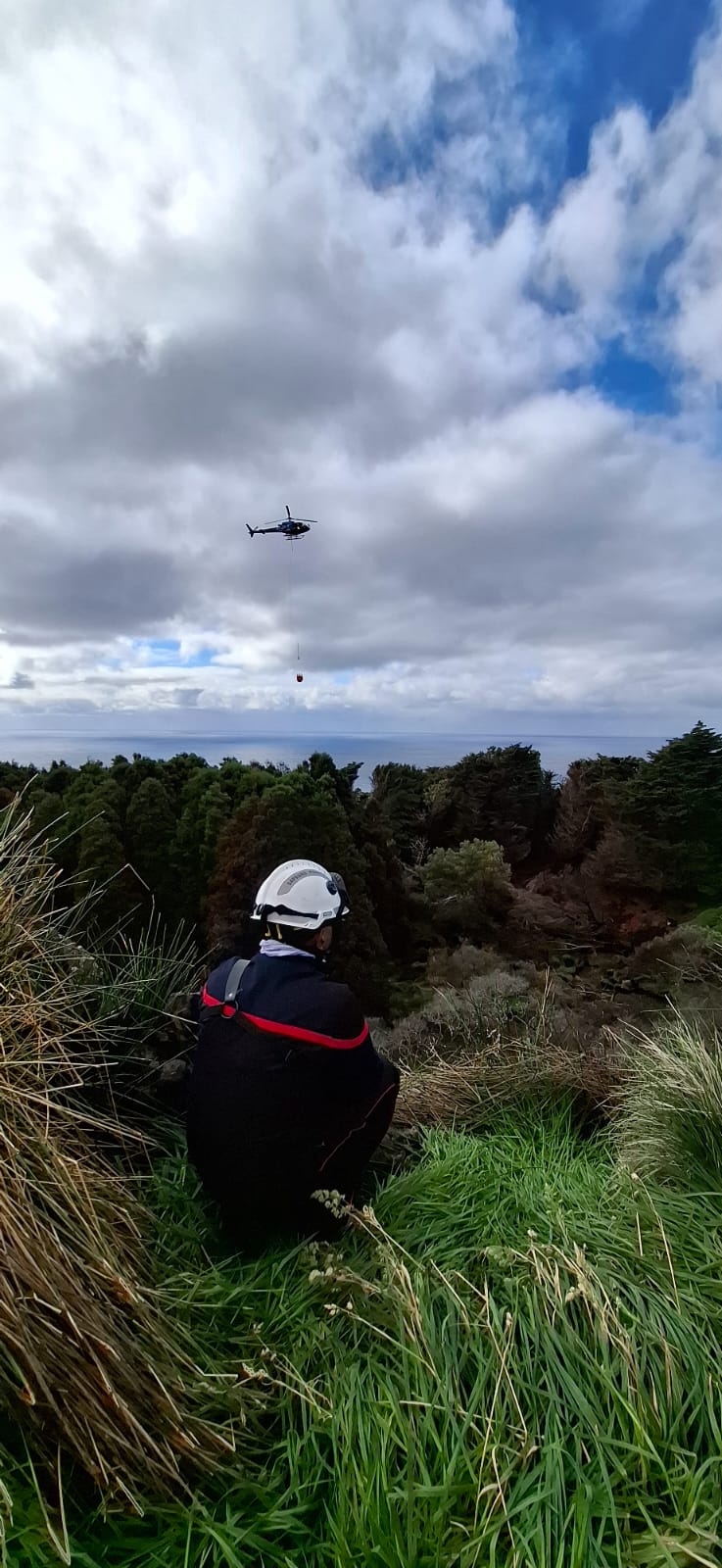

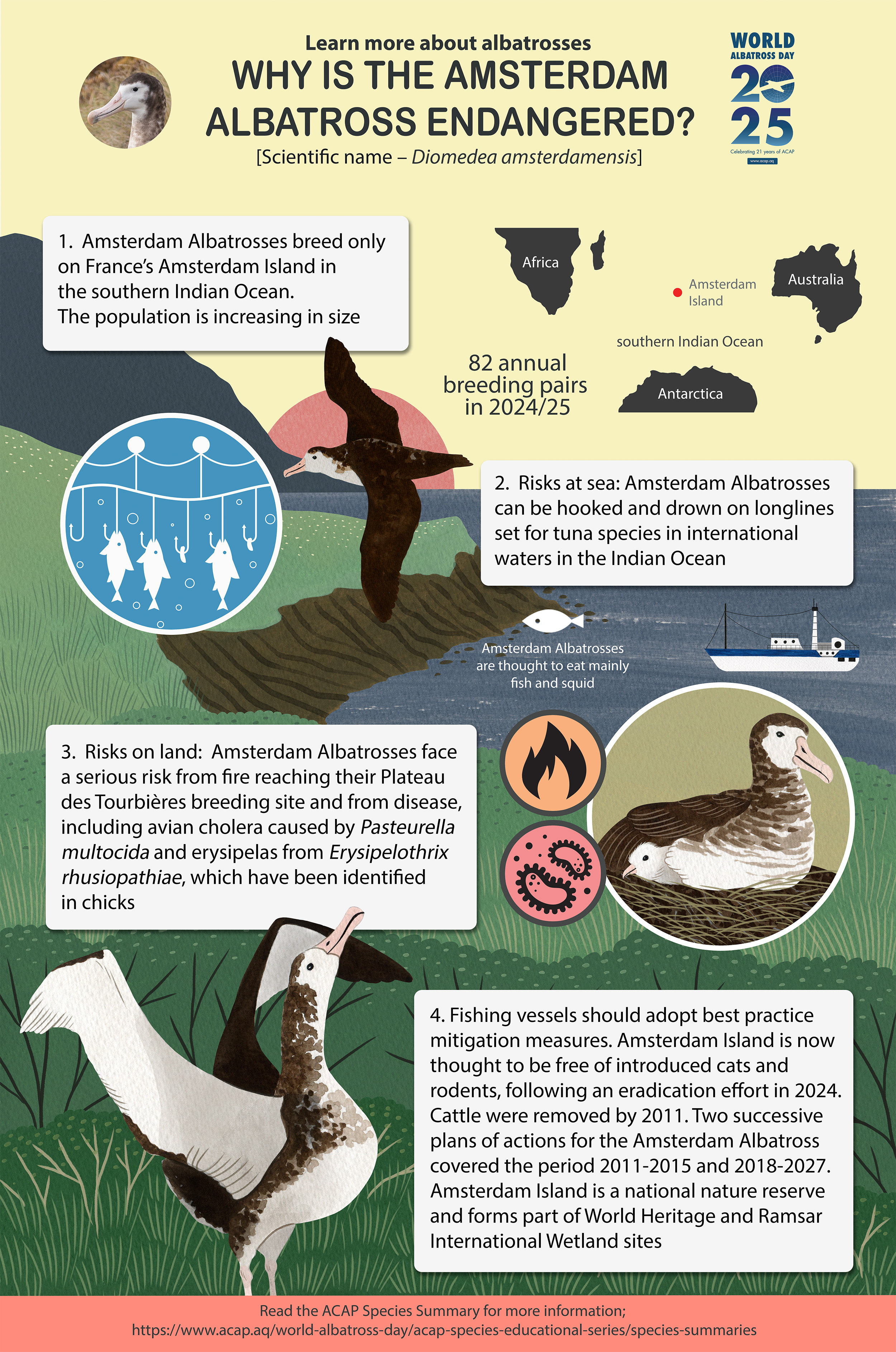
![P00[846:846] TT[151] E[153:0094]G[000:0x00] BV[120:0] IR[N:F:60] MOE[0:3]](/images/stories/acap/Birds/Albatrosses/B/Black_footed/V917.jpg)
